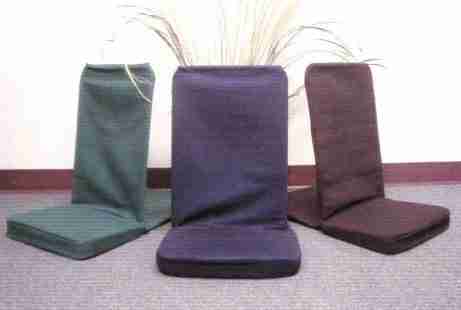
The Ultimate Guide to Deep Meditation Using Binaural Beats
How Sound Can Pull You Into Stillness
Why Binaural Beats Are Different
(NB Links may be affiliate links. See my disclosure here)
You sit down, close your eyes, and try to meditate. But your mind won’t stop. The to-do list. That awkward conversation. Your racing heartbeat.
Now imagine putting on headphones—and within minutes, your brain gently shifts. Your thoughts slow. Your breath deepens. You’re sinking, not thinking.
That’s the power of binaural beats—sound frequencies engineered to help your brain find stillness, even when the world around you doesn’t.
Traditional meditation methods rely on willpower alone. But with binaural beats, you’re using sound as a guide—a gentle nudge that helps your brain ease into alpha, theta, or delta brainwaves. You’re not forcing it. You’re being led there.
Which Frequencies Work Best?
For most people, especially beginners, theta waves (4–8 Hz) are the sweet spot. They help induce a trance-like, dream-adjacent state—the zone between wakefulness and deep rest. Perfect for emotional release, introspection, or creative flow.
Alpha waves (8–12 Hz) are calmer and lighter, ideal for focused relaxation.
Delta waves (0.5–4 Hz) drop you into deep sleep or unconscious healing. Think of them as different emotional landscapes—each with its own depth.
Building a Practice That Actually Sticks
Ritual Over Routine
It’s not just about hitting play. It’s about creating an experience.
Maybe it’s morning light, a favorite chair, and a few deep breaths before you begin. Or a soft blanket and a quiet corner before bed.
Set the tone. Create consistency. Give your brain something to recognize as “this is my space to go inward.”
A small ritual builds momentum—habit, comfort, and safety for the nervous system.
How Long Should You Meditate?
Start small:
10 minutes if you’re anxious or new to this
20–30 minutes for deeper emotional work
45+ minutes if you’re exploring subconscious material or spiritual growth
There’s no trophy for longest session. The real win is coming back tomorrow.
When It Feels Hard (Because It Will)
The Inner Restlessness Loop
There’s a moment—often early on—where your thoughts get louder, not quieter. That’s normal.
When you’ve been living in overdrive, stillness feels unfamiliar. Your mind might panic. That’s not failure. It’s healing.
Instead of resisting it, try this: just stay. Breathe. Listen. Trust the sound to hold you.
Don’t Overuse the Same Track
Your brain adapts quickly. Rotate between a few quality tracks and shift frequencies depending on how you’re feeling. Think of them like emotional prescriptions.
Anxious? Try theta.
Exhausted? Go delta.
Foggy? Lean into alpha.
Keep it intuitive. This isn’t a prescription—it’s a partnership with your nervous system.
Getting More from Each Session
Daily is Better Than Perfect
You don’t need an hour. You need five minutes with intention.
Pair your meditation with a consistent trigger—like stretching, tea, or journaling. Make it frictionless.
And if you skip a day? That’s part of the rhythm too.
Want to Go Deeper? Stack Your Tools
Combine binaural beats with:
Breathwork (inhale for 4, exhale for 7)
Visualization (like a glowing light moving through you)
Aromatherapy (lavender, sandalwood, vetiver)
These elements amplify immersion. You’re building a multi-sensory experience, not just a session.
How to Track Progress Without Killing the Magic
Write Down What Moves
After each session, jot down:
A feeling that surfaced
A visual that stayed with you
A shift in your body
This isn’t homework. It’s a mirror. You’ll start to see your own emotional evolution—subtle, but undeniable.
The Case for Biofeedback (If You’re Into It)
If you love data, wearables like the Muse, Oura Ring, or Apollo Neuro can show how your meditation affects:
Sleep
Stress levels
Heart rate variability
But remember—stillness doesn’t need to be measured to be real.
Products / Tools / Resources
Noise-canceling headphones: Vital for proper binaural beat effect
Tracks: See links below
Apps: Try Synctuition, Enso, or Brainwave Club
Journal: Use a simple notebook or a dedicated app like Day One
Extras: Incense, crystals, eye masks—whatever grounds you into presence
I use, and recommend, these two resources. Click the links to find out more.
Zen12 – if you don’t have a lot of time, Zen12 offers 12 months of audio files lasting just 12 minutes that can help start your meditation journey.
Read my Zen12 Review here, or Check out the official Zen12 page here.
iAwake Profound Meditation Program 3.0 is a fully fledged program that will build a powerful meditation practice for you.
Read my iAwake PMP 3.0 Review here, or Check out the official iAwake PMP 3.0 page here.



